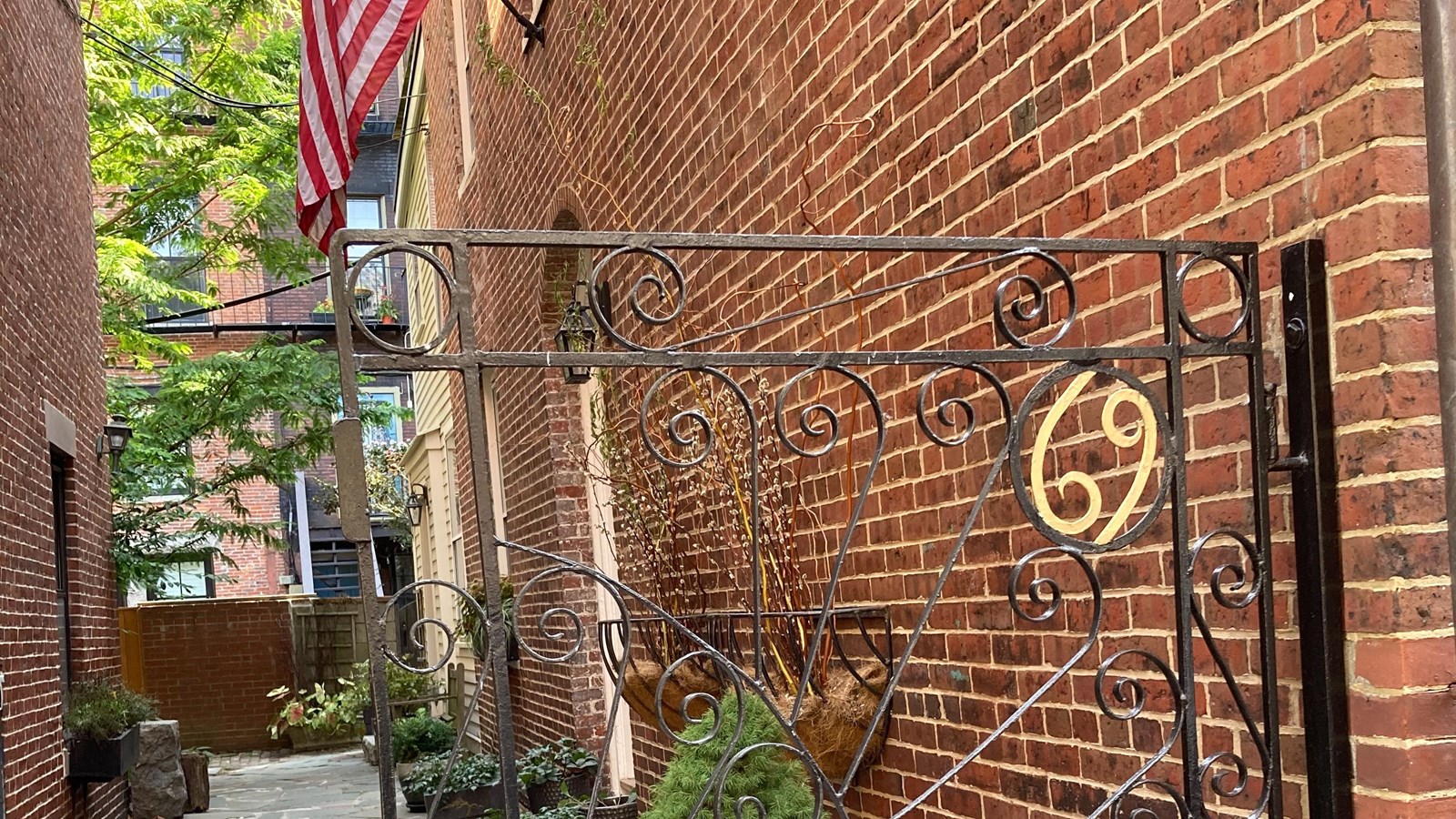Last updated: January 22, 2025
Place
Robert Johnson House

NPS Photo/Benstead
This 1826-1827 structure on Joy Street, formerly 16 Belknap Street, still stands today and it served as the home of two prominent Black Bostonian families: the Putnam and Johnson families. These families resided in the building until 1904.1
George Putnam (or Putman), an African American hairdresser, likely built this home after he purchased the land. As an abolitionist and supporter of William Lloyd Garrison, Putnam held meetings at his home. Here he may have also hosted a gathering to discuss the founding of a college for African Americans, as Putnam valued education and advocated to integrate Boston’s schools.2
In 1853 Putnam sold 16 Belknap to Robert Johnson, a freedom seeker who escaped to Boston from Virginia in the 1830s. Boston Vigilance Committee records state a “R. Johnson” boarded the freedom seeker Thomas Jones; however, documentation cannot confirm whether this entry referred to this “R. Johnson.”3 Based on his activism and associates, Johnson likely assisted freedom seekers; he served as a deacon at Twelfth Baptist Church, also known as the “Fugitives’ Slaves Church.”4 After Robert Johnson’s death in 1880, the building remained the family home until 1904.5

This map highlights 69 Joy Street when Robert Johnson resided here. (Credit: "Atlas of Boston," 1874, State Library of Massachusetts)
Footnotes
- Kathryn Grover and Janine V. Da Silva, "Historic Resource Study: Boston African American National Historic Site," Boston African American National Historic Site, (2002), 12
- Grover and Da Silva, "Historic Resource Study," 46.
- Grover and Da Silva, "Historic Resource Study," 47.
- Grover and Da Silva, "Historic Resource Study," 48.
- Grover and Da Silva, "Historic Resource Study," 48-49.
